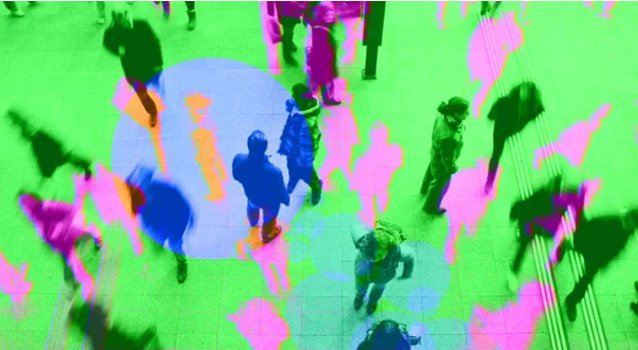AI models, called M2I, take two contributions: past directions of the vehicles, cyclists, and people on foot collaborating in a rush-hour gridlock.
Humans might be probably the greatest barricade keeping completely independent vehicles off city roads. One of the chances that a robot will explore a vehicle securely through midtown Boston is the robot would have the option to foresee what is close by drivers, cyclists, and walkers will do straightaway.
Conduct expectation is an extreme issue, and current artificial intelligence reasoning arrangements are either excessively short-sighted (they might accept people on foot generally stroll in an orderly fashion), excessively moderate (to stay away from walkers, the robot simply leaves the vehicle in the middle), or can gauge the following moves of one specialist (streets commonly convey numerous clients without a moment’s delay). MIT scientists have concocted a misleading basic answer for this confounded test. They break a multiagent conduct expectation issue into more modest pieces and tackle every one separately, so a PC can settle this perplexing assignment continuously.
Their conduct expectation structure first theories the connections between two street clients — using artificial intelligence in the industry which vehicle, cyclist, or walker has the option to proceed, and which specialist will yield — and involves those connections to foresee future directions for a considerable length of time.
Continue reading: https://www.analyticsinsight.net/how-is-artificial-intelligence-anticipating-peoples-behaviour-on-road/
Humans might be probably the greatest barricade keeping completely independent vehicles off city roads. One of the chances that a robot will explore a vehicle securely through midtown Boston is the robot would have the option to foresee what is close by drivers, cyclists, and walkers will do straightaway.
Conduct expectation is an extreme issue, and current artificial intelligence reasoning arrangements are either excessively short-sighted (they might accept people on foot generally stroll in an orderly fashion), excessively moderate (to stay away from walkers, the robot simply leaves the vehicle in the middle), or can gauge the following moves of one specialist (streets commonly convey numerous clients without a moment’s delay). MIT scientists have concocted a misleading basic answer for this confounded test. They break a multiagent conduct expectation issue into more modest pieces and tackle every one separately, so a PC can settle this perplexing assignment continuously.
Their conduct expectation structure first theories the connections between two street clients — using artificial intelligence in the industry which vehicle, cyclist, or walker has the option to proceed, and which specialist will yield — and involves those connections to foresee future directions for a considerable length of time.
Continue reading: https://www.analyticsinsight.net/how-is-artificial-intelligence-anticipating-peoples-behaviour-on-road/

